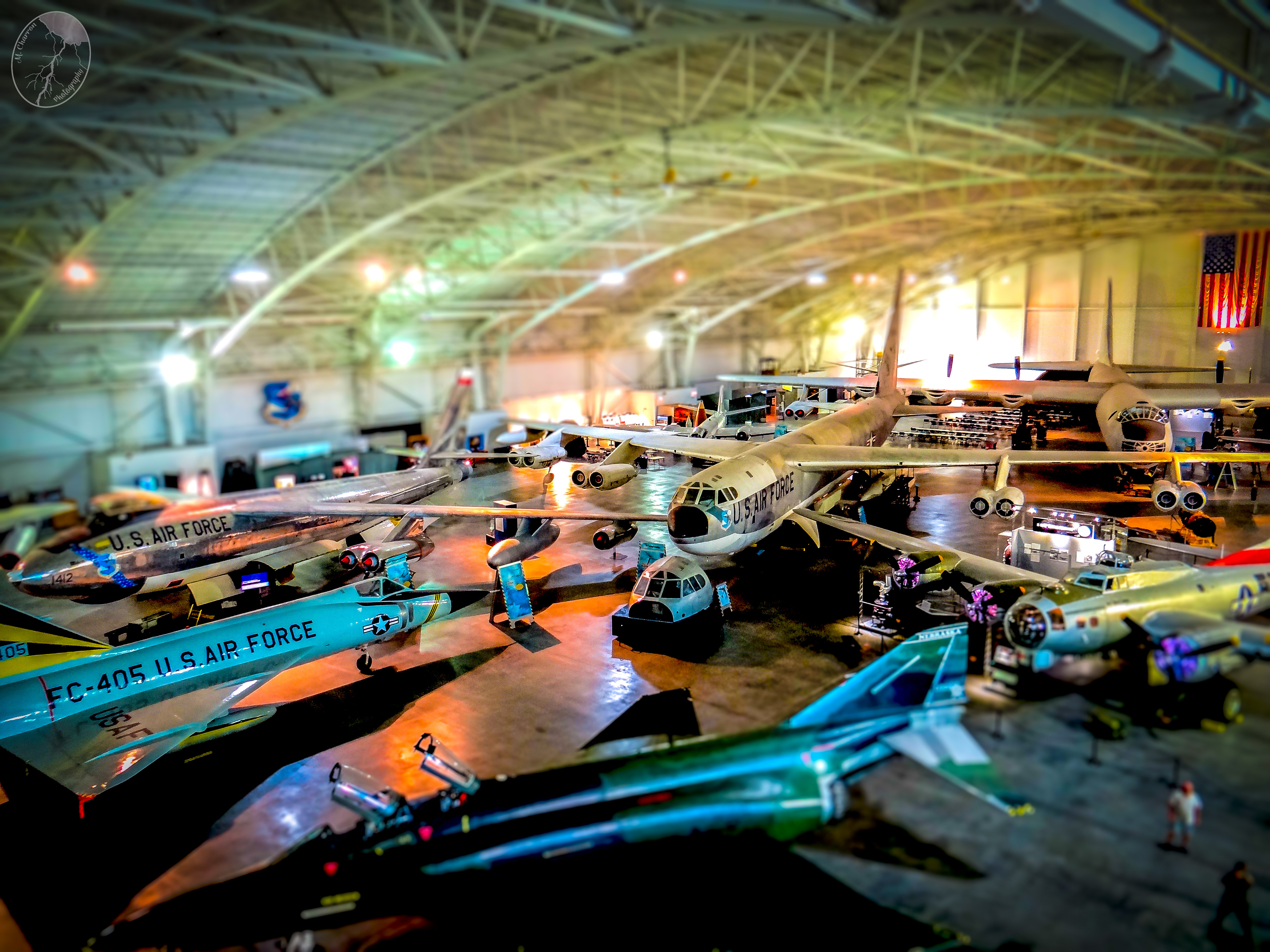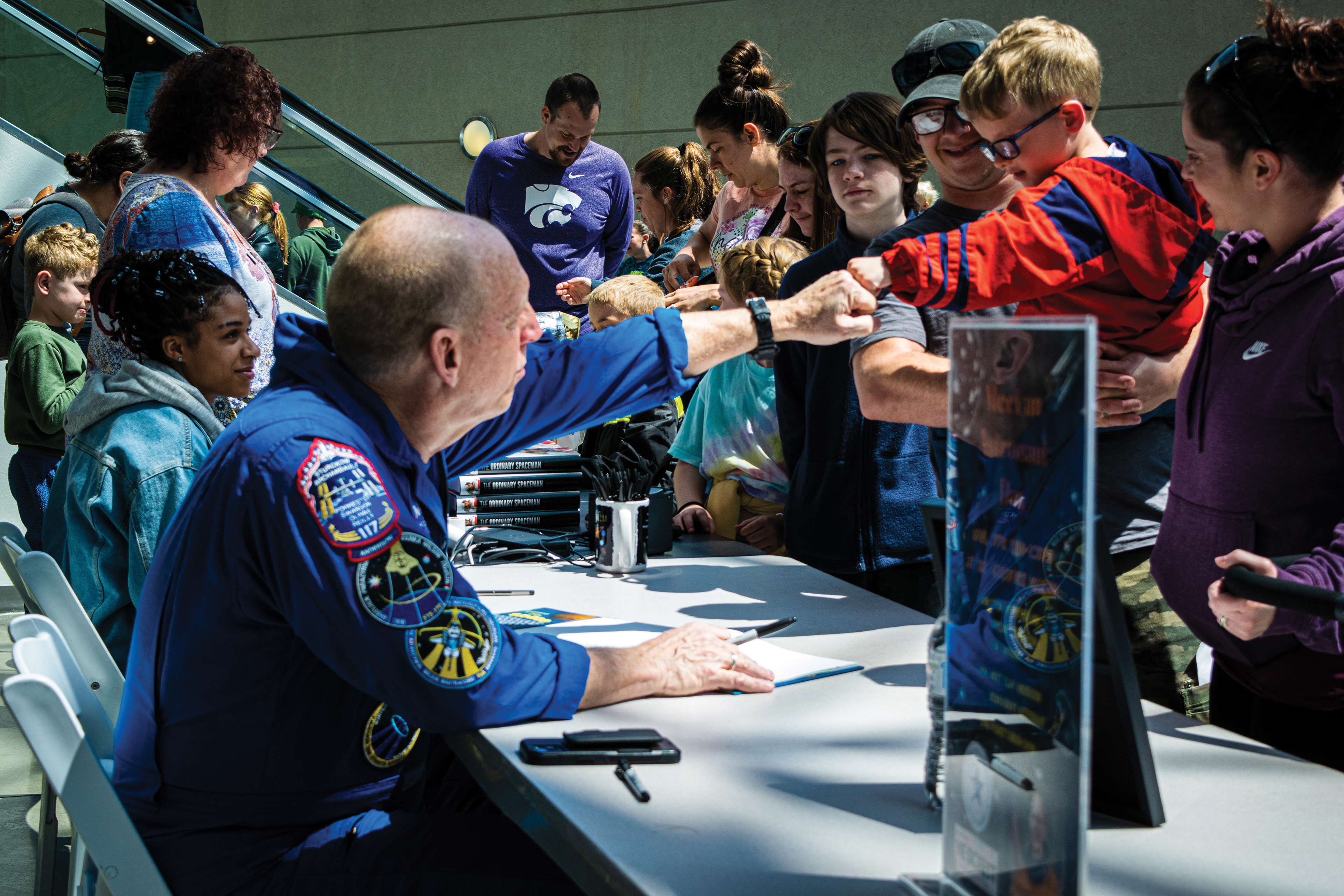
Volunteer With Our Restoration Crew
Our restoration efforts would not be possible without our dedicated team of volunteers and their hard work. The team welcomes anyone interested in helping preserve our nation’s history, no previous experience required – join us in restoring dignity to the aircraft that played such a significant role in our nation’s history.
Sign Up Today
Plan Your Visit
The Strategic Air Command & Aerospace Museum is open daily to the public. Come explore the wonders of flight and space with us – no reservations required.
Visitor Information